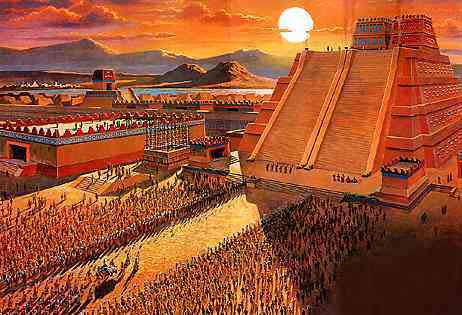In my massive(not) research into history, I've seen quite a bit of cuneiform. The photos of the pot appearing in the excerpt above do not look like any kind of cuneiform to me.
I guess it's in the eye of the beholder. I've also looked at a lot of cuneiform, and the inscriptions on the pot certainly resemble those found on Mesopotamian tablets.
Does our alphabet resemble the Cyrillic?
Does Hebrew resemble Arabic?
Maybe the marks on the Monolith of Pokotia are just decorations and the resemblance to cuneiform writing is coincidental. Further research is certainly warranted.

OLMEC CENTERS The great Olmec centers that soon developed at La Venta, San Lorenzo, and Laguna de los Cerros, and the smaller centers such as Tres Zapotes, were not simply vacant religious sites, but dynamic settlements that included artisans and farmers, as well as religious specialists and the rulers.
The Olmec architecture at San Lorenzo, for example, includes both public-ceremonial buildings, elite residences, and the houses of commoners. Olmec public-ceremonial buildings were most typically earthen platform mounds, some of which had larger house-like structures built upon them. At La Venta we can see that after 900 B.C. such platform mounds were arranged around large plaza areas and include a new type of architecture, a tall pyramid mound. 

